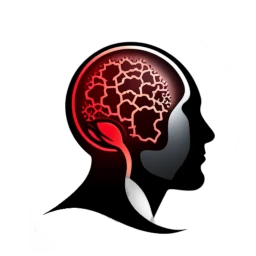Convolutional Neural Networks (CNNs) are a specialized type of deep learning model designed for tasks involving images and visual data. In this article, we will delve into the foundations of CNNs, their architectural elements, and explore their diverse applications.
Understanding Convolutional Neural Networks (CNNs):
CNNs are a class of deep learning models inspired by the human visual system. They are particularly effective at handling tasks related to image recognition, object detection, and image classification.
Key Architectural Elements of CNNs:
- Convolutional Layers: These layers use convolutional operations to detect patterns and features in the input data.
- Pooling Layers: Pooling layers reduce the spatial dimensions of the data, retaining essential information.
- Fully Connected Layers: These layers make predictions based on the features learned in the previous layers.
- Activation Functions: Commonly used activation functions in CNNs include ReLU (Rectified Linear Unit) to introduce non-linearity.
Applications of CNNs:
- Image Classification: CNNs excel in classifying objects within images, making them valuable in applications like autonomous vehicles and medical image analysis.
- Object Detection: They can identify and locate multiple objects within an image, used in security systems and video analysis.
- Facial Recognition: CNNs are employed in facial recognition technology, including unlocking smartphones and security applications.
- Artificial Intelligence in Art: CNNs have been used to generate art, apply artistic styles to photos, and create deep dream-like images.
Challenges and Advances:
- Data Size: CNNs often require large amounts of labeled data for training, which can be a challenge in some domains.
- Model Size: The size and complexity of CNN models continue to grow, demanding more computational resources.
- Transfer Learning: Transfer learning techniques are increasingly used to adapt pre-trained CNN models to new tasks with limited data.
Convolutional Neural Networks have reshaped the field of computer vision and have led to significant advancements in image-related tasks. They continue to find applications in a wide range of domains, from healthcare to entertainment.

